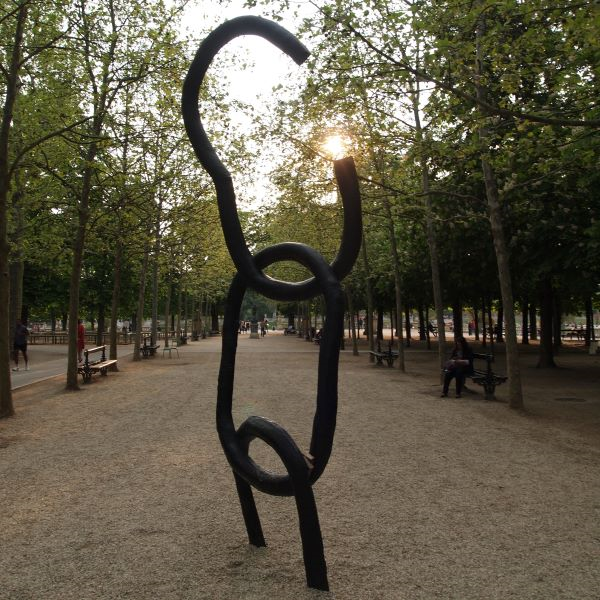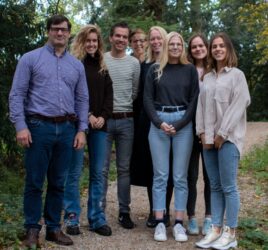
From how to write to how to cite
In my experience, for students, the most difficult part of writing a good paper is the Discussion. When supervising theses, I try to give considerable attention to the Introduction, providing feedback with the aim of teaching how to build an argument. Starting with the broad topic of the paper is important, as is ending with the specific research question, but how to get from start to end… this is what really matters.
When writing the Discussion, I expect students to apply what they have (hopefully) learnt from writing the Introduction: Start with stating the principal findings of the study, proceed to discussing their meaning in the context of existing literature, subsequently describe strengths and weaknesses of the study, provide suggestions for future research based on the findings (not based on the weaknesses), and end with a concluding take-home message. This structure is a variation on what is recommended in a medical journal article I read a long time ago (Docherty & Smith, 1999). Still, I often suggest to students to read this article when we talk about what their Discussion should look like.
“how to get from start to end… this is what really matters”
Yes, there are probably better articles to suggest, and I am more than happy to receive suggestions. For the same reason, I was happy to accidentally come across a reference to a seemingly relevant and more recent article during the summer break, when I was reading Elsevier’s Guide for Authors in preparation of submitting a manuscript for publication in one of Elsevier’s journals. It was titled “The art of writing a scientific article” and I am happy to provide the Digital Objectifier (DOI) link to this article HERE.
Did you try the link? In actual fact, this link does not work; you merely get to a “DOI not found” dead end. I only found this out later, after I had googled the title and unexpectedly ended up on Retraction Watch, which primarily reports on retractions of scientific articles and the reasons for these retractions. However, “The art of writing a scientific article” is not a retracted article. Rather, I read on Retraction Watch that the article does not actually exist. Nor do the authors who supposedly wrote it, nor does the journal in which it is was supposedly published. The full reference to this phantom article is provided in Elsevier’s Guide for Authors merely to illustrate Elsevier’s desired reference format for journal articles. Long story short, I will not suggest this article to students writing their Discussion, and I am still more than happy to receive suggestions (of actual articles).
“the story might remind all of us that good referencing is important”
Yet there is more to this story. Namely, after a professor at Leiden University realized that “The art of writing a scientific article” did not exist, he went on to discover that it had been referenced in the Web of Science nearly 400 times. As you can read HERE, a professor at Middlesex University subsequently found out that most references to the article were mistakes due to poor writing (by authors with limited English publishing skills) or poor quality control (in conference proceedings). Fortunately, in this case, the mistakes were inconsequential: it concerned a phantom article, not written by actual authors.
Nonetheless, the story might remind all of us that good referencing is important. Publishers, including Elsevier, ask authors to ensure that the reference list in their scientific articles includes all publications cited in the article text (and that all references in the list are in fact cited in the article text). The American Psychological Association (APA) encourages the use of primary sources, and provides recommendations for how to cite secondary sources referencing unavailable primary sources. While I have found that some students know how to cite secondary sources in line with APA standards, they often do so even when primary sources are easily available. More troublesome is when students, or colleagues, cite incorrect sources – without any mention of the correct source. As the story of the phantom article illustrates, erroneous referencing might have scientific impact. Indeed, getting or not getting citations can have a significant effect on researchers’ academic careers.
“always read what, or whom, we cite”
This is why writing well should also mean citing well. Following a referencing standard (APA or other) when writing a paper or article helps us pay more attention to a reference list. Unfortunately, it does not necessarily prevent citation errors. So how can we help prevent citation errors? We should always read what, or whom, we cite.
REFERENCE
Docherty, M., & Smith, R. (1999). The case for structuring the discussion of scientific papers. British Medical Journal, 318(7193), 1224-1225.
NOTE
Image by Jon Evans licenced under CC BY 2.0



